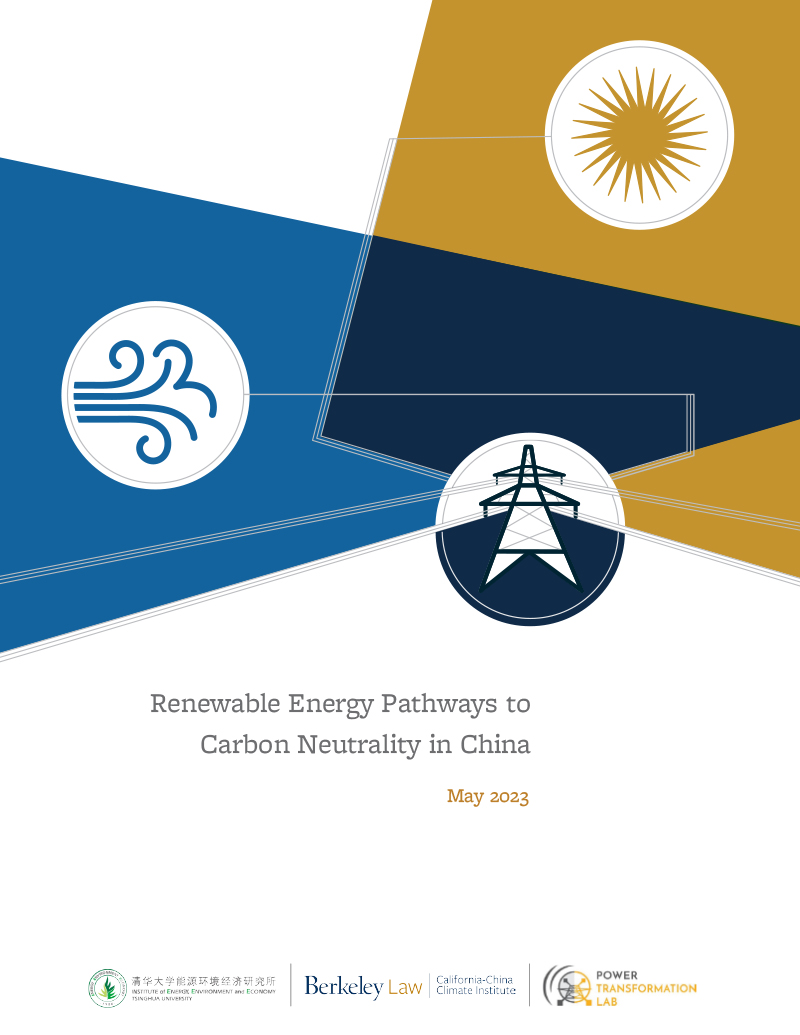Renewable Energy Pathways to Carbon Neutrality in China

In this special report, IGCC affiliate Michael Davidson and co-authors identify feasible and efficient sequential pathways to achieving carbon neutrality for China’s power sector. They find that the structure, pace, and distributional impacts of carbon neutrality are likely to be affected by factors such as demand growth, capital costs, inter-annual renewable variations, and technology choices.
DownloadChina has announced ambitious climate policy goals of reaching peak carbon emissions by 2030 and carbon neutrality by 2060. To achieve these goals, it is crucial to decarbonize the largest carbon-emitting source, the power sector, which further enables the electrification of other sectors such as transportation, industry, and buildings. This process requires a large increase in low-carbon renewable energy and complementary infrastructure, including storage and transmission. While these long-term objectives are clear, the deployment structure, pace, and distributional impacts are uncertain. To address this gap, IGCC’s Michael Davidson and research partners Zhenhua Zhang, Ziheng Zhu, Jessica Gordon, Xi Lu, and Da Zhang developed a novel modeling approach with a high spatial and temporal resolution to identify feasible and efficient pathways for deploying renewables, storage systems, and transmission lines, by decade, from 2020 to 2060. From a policymaking perspective, understanding low-carbon pathways provides national and subnational governments information needed to anticipate, plan for, and address a wide range of bottlenecks that will arise with this unprecedented transformation. Their analysis helps support a more effective, efficient, and equitable clean energy transition for China.
This report was sponsored by IGCC, the California-China Climate Institute, the Power Transformation Lab at UC San Diego, and the Institute of Energy, Environment, and Economy at Tsinghua University.